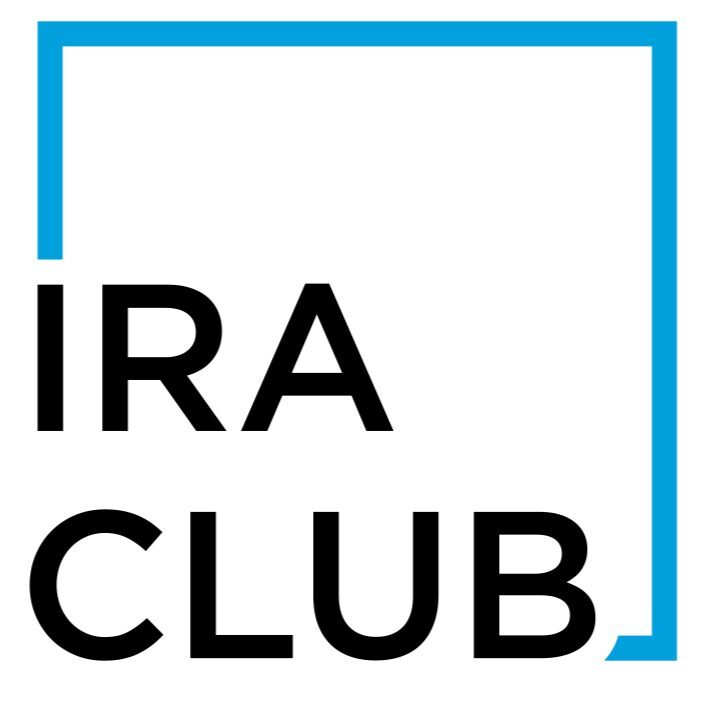Funding a Self Directed IRA Account

Understanding the difference between a transfer and a rollover regarding retirement accounts is important. A transfer is when funds are moved directly from one financial institution to another without the account owner ever touching the funds. This is the preferred method as it is more straightforward and less risky. A rollover, on the other hand, involves the funds being distributed to the account owner first and then deposited into another qualified retirement account within a specific time frame (60 days) according to IRS rules. To ensure a smooth process, it’s important to use the correct terminology and follow the appropriate steps.
How do I know what type of retirement account I have? The first step is to examine your account statement. Pre-Tax funds are held in a 401k, Traditional IRA, or SEP IRA. While post-tax funds are held in a Roth 401k or Roth IRA. You may have more than one type of plan with a mix of pre and post-tax funds. If you are not sure what retirement plan type you have, feel free to send it to your IRA Club representative to help you identify one.
More About Self Directed IRAs
Examples of other retirement plans include:
| Transfer from: Existing IRA | These transfers are income tax and penalty-free. The IRA Club will provide free assistance to complete the transfer. | |||
|---|---|---|---|---|
| Transfer from: 401(k), 403(b), TSP (former employer account) | These transfers are income tax and penalty-free. The IRA Club will provide free assistance to complete the transfer. | |||
| Transfer an: Inherited IRA |
The transfer is tax and penalty-free. It must be a trustee-to-trustee transfer, not a rollover. The IRA Club will provide free assistance to complete the transfer. Click here to find out more. |
|||
| Transfer from: 401(k), 403(b), TSP (current employer plan) | Some plans have restrictions that may not allow you to transfer funds while employed. Check with your employer, and ask if your current plan offers an “in-service” transfer. Be persistent! | |||
| Transfer from: Pension Plan | Some pension plans do not allow transfers till pre-determined age or event. However, it never hurts to ask. | |||
| Annual Contribution 100% of Earned income |
Not to exceed: (2023) Under age 50 – $6,500 Age 50 and over – $7,500 |
|||

Start Investing with Your IRA Today
Personalized service from a designated IRA specialist. Contact us to learn more!
